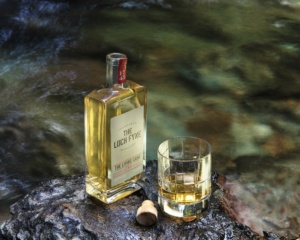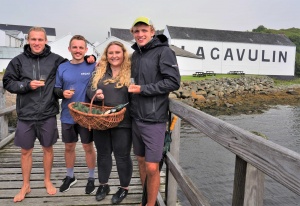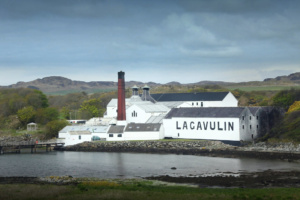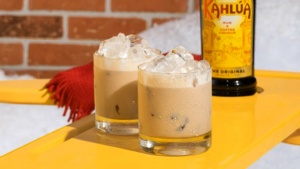Underrated Speyside Whiskies
We've chosen ten of these distilleries that we think don't get spoken about enough, as we don't gatekeep here at The Whisky Shop! Take a look of these underrated treasures.
Dailuaine
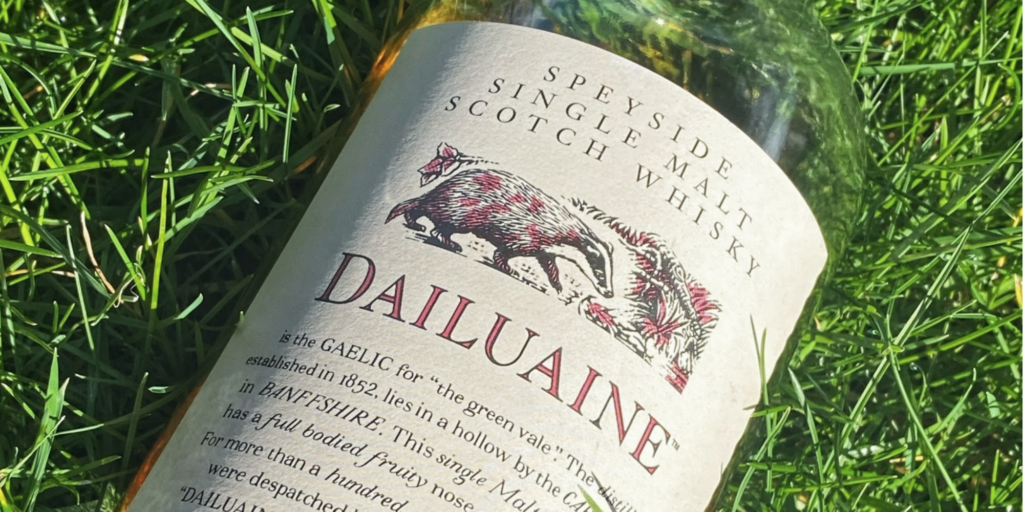
The 16-year-old Flora and Fauna bottling is consistently rated 5* by our customers, a seal of approval for this little-known dram. Dailauine distillery's offerings are rarely seen as a single malt, as their output has historically been the backbone of many quality blends. Located in Aberlour, nearby to GlenAllachie and Aberlour distillery, the rich and robust whisky is made through long fermentation, rapid distillation and the use of stainless steel in the condensers to decrease copper contact. The result is a superb whisky famous for flavours of fruit cake, nuts, orchard fruits and subtle smoke.
Fun Fact: In 1889, Dailuaine became the first distillery to be fitted with a "pagoda" roof above the malt kiln.
Auchroisk
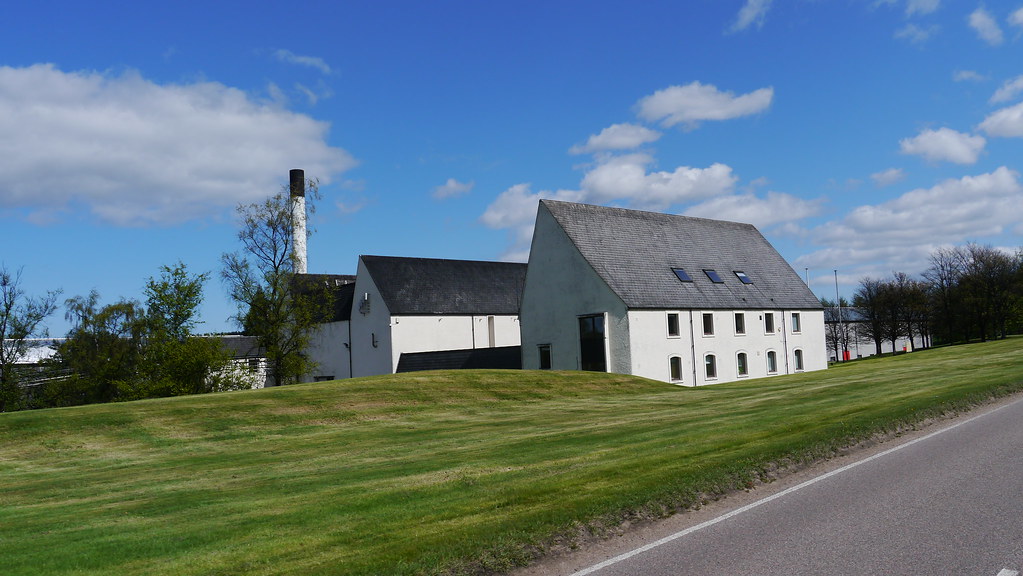
A relatively new addition to the Speyside whisky scene, Auchroisk was constructed in 1972 to herald a new age of distilling in the area, focused primarily on blended Scotch. Although not bottled as a single malt until 1986, after being released under Diageo’s Flora and Fauna range in 2001, the whisky remains a cult favourite. Despite its imposing white modernist structure, Auchroisk draws its waters from the ancient Dorries Well, where they arrive via granite bedrock and a layer of softening sandstone to ultimately lend the whisky its subtle, smooth character, with flavours of red berries, mixed spices and nuts.
Fun Fact: The name Auchroisk means "shallow ford across the red stream" in Gaelic.
Craigellachie
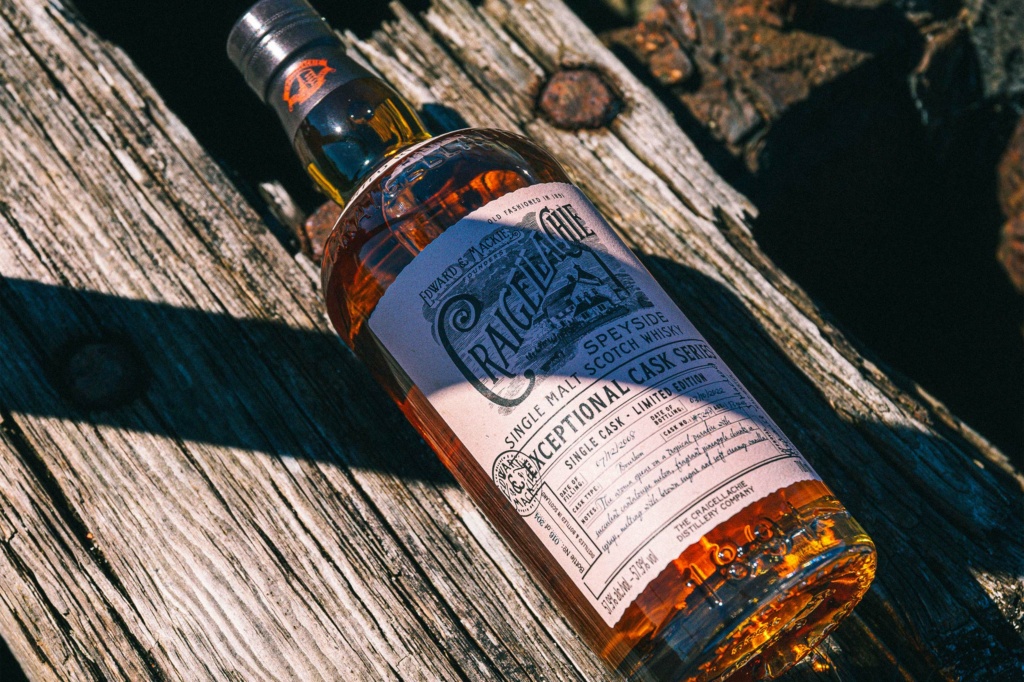
Craigellachie distillery is in the heart of Speyside and, yet, is anything but your typical toasty ‘Speyside’ whisky. Considered old fashioned even in 1891, its fruity, muscular character stems from the use of worm tub condensers which bestow the spirit with extra flavour. Described as ‘A style seldom met with now’ by famed whisky writer Alfred Barnard, Craigellachie has always been traditional in its methods. Expect strong flavours of pineapple, herbs, vanilla and florals.
Fun Fact: The distillery takes its name from the rock of Craigellachie, on which its sits overlooking the confluences of the Rivers Fiddich and Spey.
Speyburn
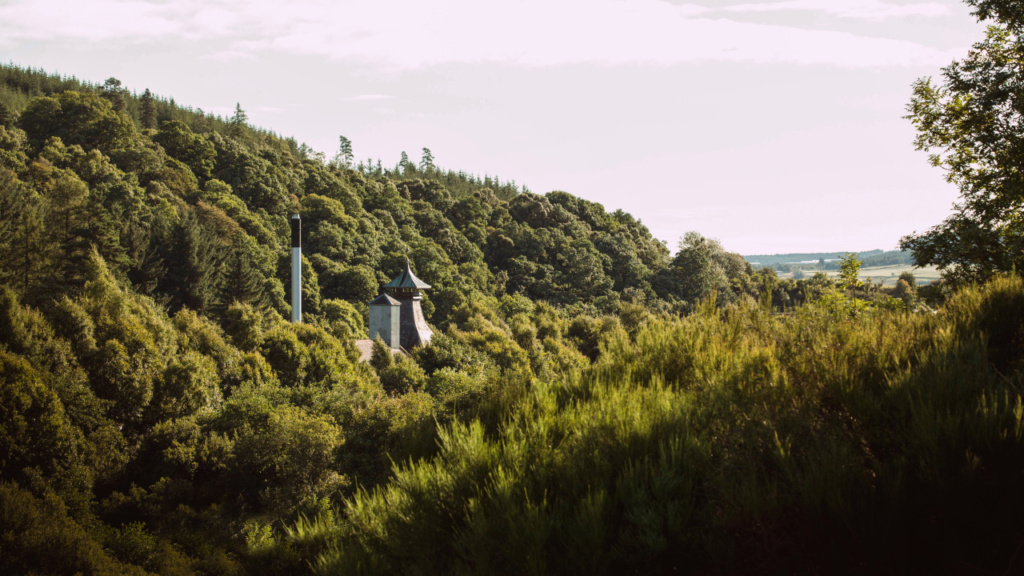
Founded by John Hopkins in 1897, he chose Speyburn's secluded valley location to be next to the ultra-pure Granty Burn. He knew such exceptionally pure water would produce a remarkable whisky with a naturally refreshing character. Speyburn distillery was designed by world-renowned architect Charles C. Doig to integrate the distillery into the natural landscape. The iconic pagoda ventilator was invented as a solution to the limited space, which flows fresh Speyside air over the grains at all times. After 125 years of distilling, Speyburn pride themselves on producing a quintessentially Speyside dram – light, sweet, natural and classic.
Fun Fact: John Hopkins was determined that his distillery should open in the year of Queen Victoria’s Golden Jubilee, and achieved this on the last day of 1897, by dint of the workforce toiling day and night while a violent snowstorm raged.
Cragganmore
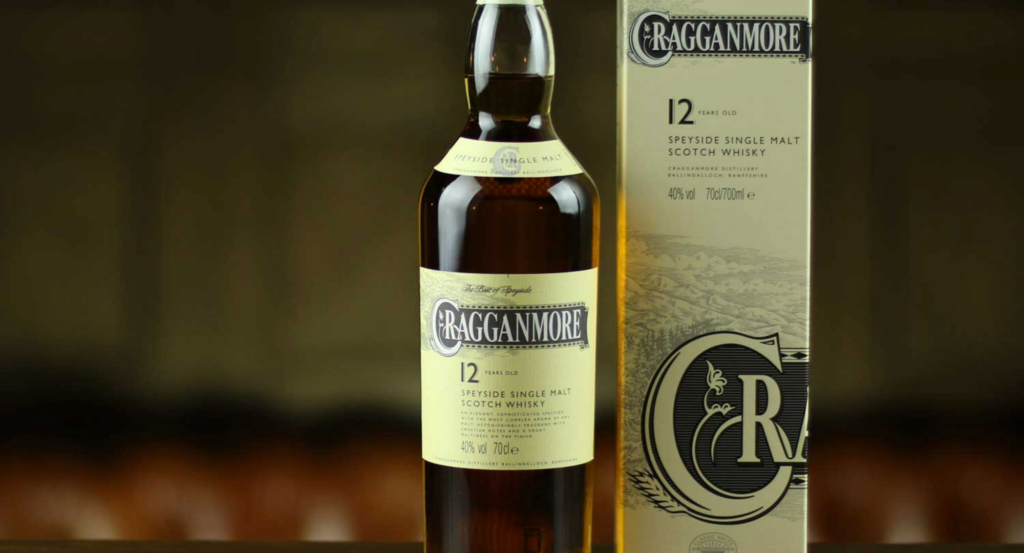
Cragganmore distillery was built for distilling legend, John Smith, in 1869, at Ballindalloch, and then rebuilt in 1901 by his son, Gordon. Historically described as a 'distillers' distillery', Cragganmore has been highly rated throughout the industry for decades. Known as the most complex aroma on Speyside, the elegant whisky is known for flavours of malty biscuits, wood smoke, honey and florals.
Fun Fact: The distillery entrance is guarded by a striking wrought iron gate spelling out the name, which comes from the nearby hill, Craggan Mor, from where the stone was taken to built the distillery.
Benrinnes
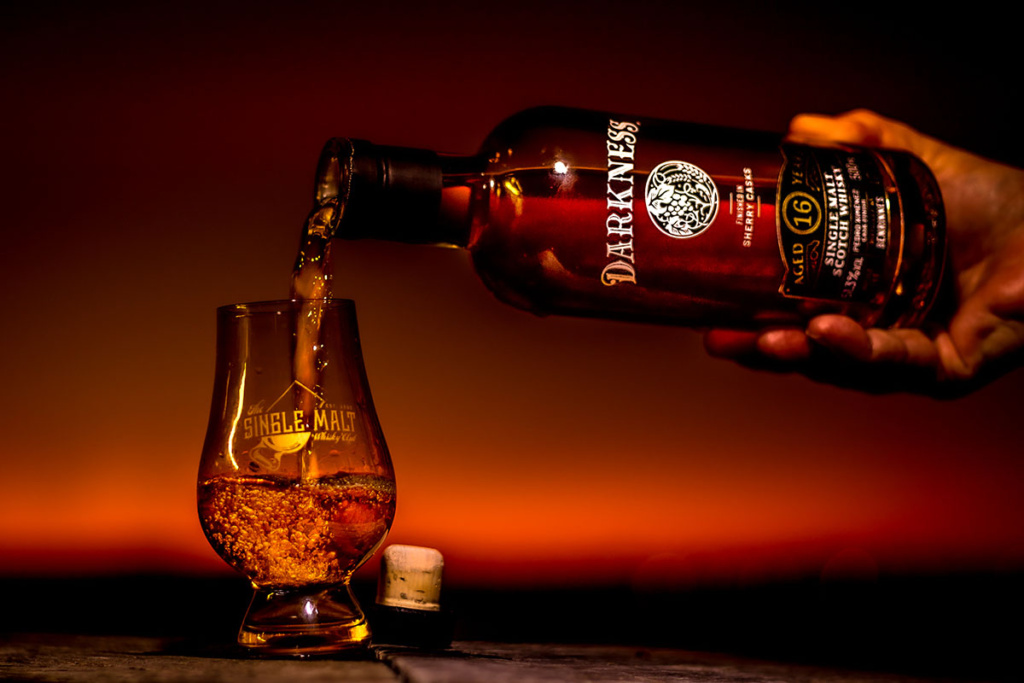
Another blend-focused distillery revived with Diageo's Flora and Fauna range, Benrinnes, named after and supplied by the Speyside mountain at the foot of which it sits, is defined by its one-of-a-kind flavour. Founded in 1826, it is also known for its unusual distillation method, which employs three pairs of stills to partially triple-distil the make, and run this through traditional worm tubs. You can expect melt-in-the-mouth flavours of dried fruit, toffee, fruitcake and chocolate from Benrinnes.
Fun Fact: Benrinnes use water from springs on their namesake mountain in their whiskies.
Longmorn
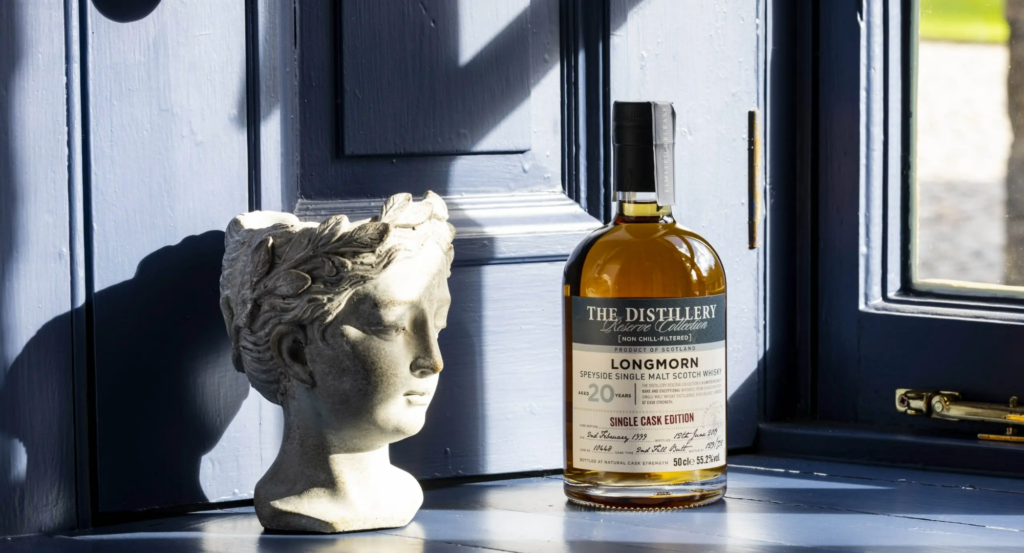
Longmorn was the best kept secret of whisky connoisseurs for many decades. In 1993, after 100 years in operation, they released their first single malt, and the rest is history. The whisky has a large cult following, especially in Japan, perhaps as the 'Father of Japanese Whisky', Masataka Taketsuru, learned his craft whilst working at Longmorn - before founding Nikka Whisky. Expect flavours of dried fruit, vanilla, malt and cinnamon in this traditionally made dram.
Fun Fact: The distillery’s name derives from the church of St Marnoch, in turn named for a 7th century missionary who brought Christianity to the Picts of Moray. Although, the Gaelic ‘St Mo-ernin-og’ evolved to ‘Longmorn’ over the centuries.
Inchgower
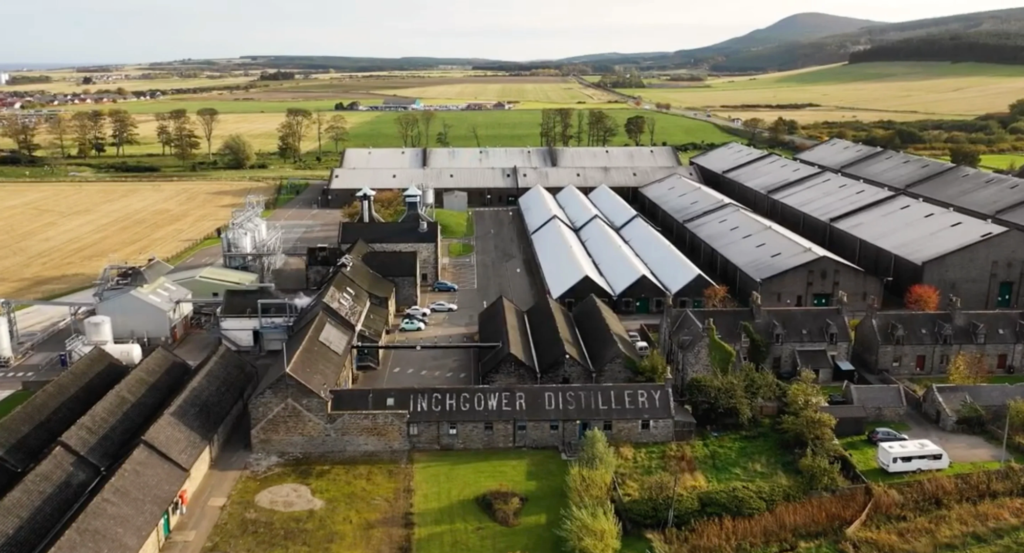
A rare coastal Speyside offering, Inchgower is located just outside the port of Buckie, to the east of Elgin. The spicy and saline character of the whisky is a result of an increased temperature of second water during the quick mashing regime. This eliminates any nutty character in the barley, and the still’s steeply angled arms make sure thicker elements of the spirit is retained. Although much of their output is used in Bell's blended whisky, you can find the sweet, salty and spicy liquid in many independent bottlings.
Fun Fact: Inchgower takes its name from the Gaelic words for 'island' and 'goat'.
Glenlossie
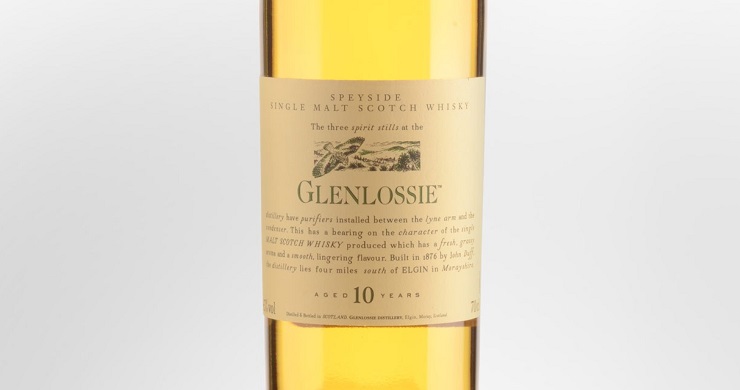
Typified by its sweet and floral style, Glenlossie a delicate yet oily Speysider. With malt from Elgin burghead maltings, and water sourced from the Bardon Burn, the spirit is distilled using purifier pipes, which condense and re-evaporate heavier parts of the alcohol during the distillation process, resulting in an ultra-smooth finish to the whisky. It's only regular bottling is the Flora and Fauna 10 Year Old, but it can be found in other independent releases, often with a lengthier maturation.
Fun Fact: The distillery is located on the same site as Mannochmore.
Aultmore
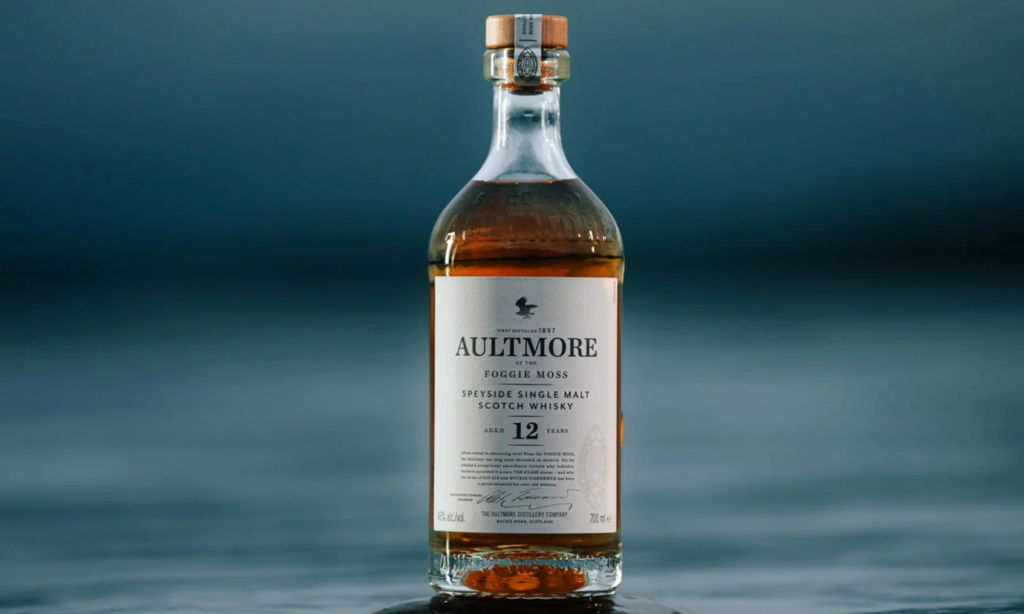
Standing on the edge of the Foggie Moss, on an isolated stretch leading to the fishing port of Keith, Aultmore is a remote and mysterious distillery – locally, it’s spirit is never asked for by name, but simply known as ‘a nip of the Buckie Road’. Bottlings of Aultmore are relatively rare to come across – the majority of the single malt produced at the distillery is used in Dewar’s blends. They only have one official bottling, a twelve-year-old single malt, which holds flavours of apple, mixed spices and chocolate.
Fun Fact: It is rumoured that, when Bacardi bought John Dewar & Sons – of which Aultmore is a main component – from Diageo, the deal rested firmly upon the inclusion of Aultmore Distillery, which stands as testament to its incredible quality!
Explore our full range of Speyside whisky, here.
FAQ
- Are there any specific factors or challenges that contribute to these distilleries being relatively unknown or underrated, despite producing high-quality whiskies? Several factors may contribute to these distilleries being relatively unknown. This includes limited marketing budgets compared to larger brands, a focus on supplying blends rather than single malts, or being overshadowed by neighbouring distilleries with more prominent reputations. Additionally, their remote locations or limited visitor facilities may contribute to lower visibility in the whisky tourism industry.
- Are there any plans special releases involving these underrated distilleries to increase exposure and attract new audiences? Collaborative projects with independent bottlers may involve sharing casks or blending expertise to create unique expressions that highlight the strengths of each partner. Special releases, such as limited edition bottlings or unique cask finishes, can generate excitement and generate buzz within the whisky community, helping to elevate the profile of the distillery.
 4.7/5 with 10,000+ reviews
4.7/5 with 10,000+ reviews
